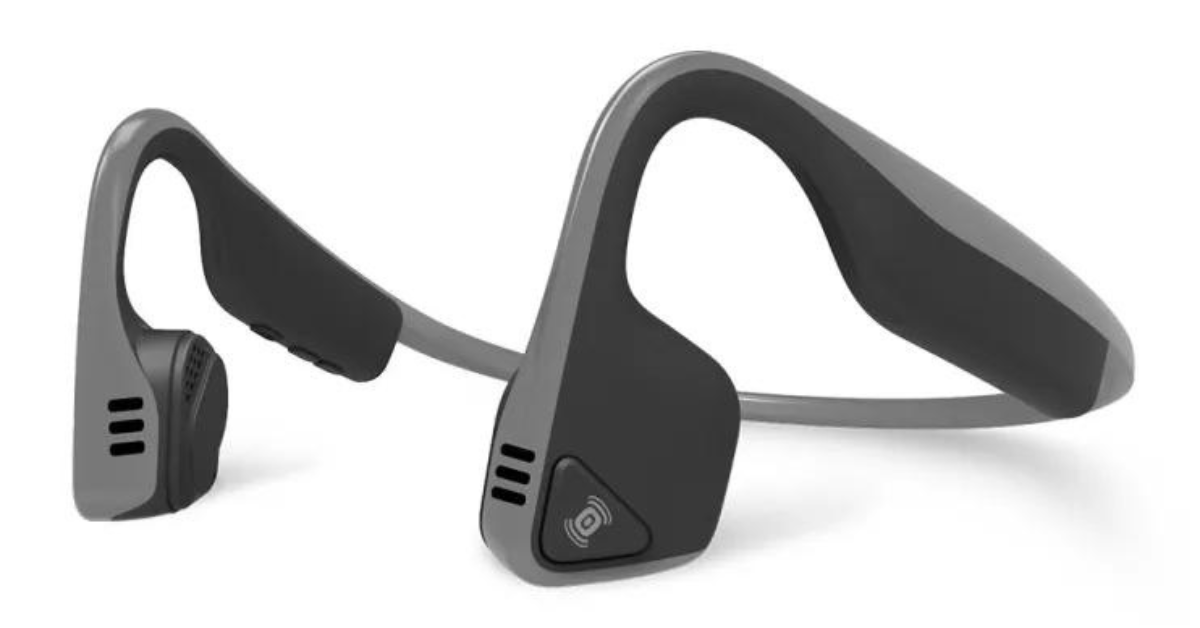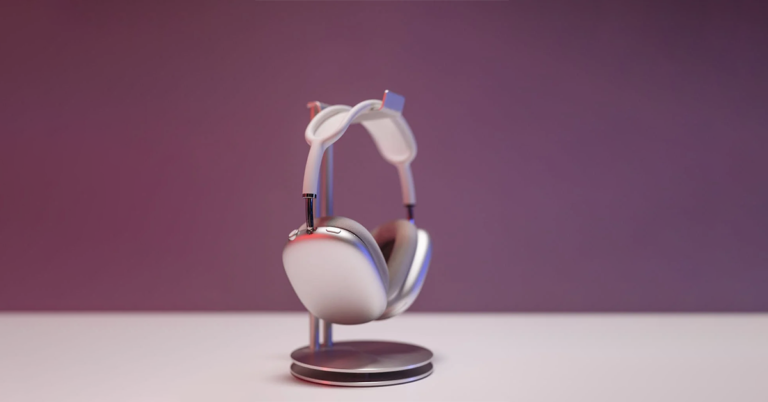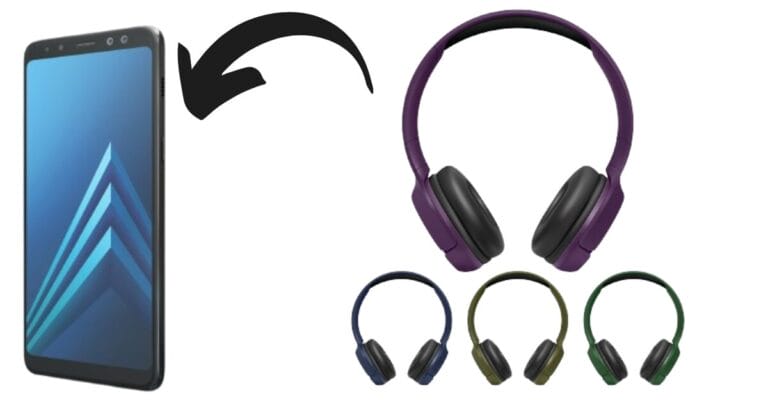Can Bone Conduction Headphones Cause Tinnitus? easy guide

Bone conduction headphones have become popular because they send sound through the bones in your skull instead of through the air like regular headphones. This makes them a good option for people with hearing issues or those who want to keep their ears open to outside sounds.
But as more people use these headphones, some are worried about whether they could harm your hearing. One common question is: Can bone conduction headphones cause tinnitus?
In this article, we’ll examine whether these headphones can cause tinnitus, explain what it is, and how it happens. Keep reading to learn more about this important topic and the possible risks of using bone conduction headphones.
Table of Contents
What Is Tinnitus?
Tinnitus is when you hear noises like ringing, buzzing, hissing, or clicking in your ears, even though there’s no actual sound around you. These sounds can be constant or come and go. Tinnitus isn’t a disease itself, but a sign that something might be wrong with your hearing or related health conditions.
How Is Tinnitus Caused?
Tinnitus can happen for many reasons. Common causes include being around loud noises for too long, ear infections, head injuries, and certain medications. One of the main causes is noise-induced hearing loss, where the tiny hair cells in your inner ear get damaged by loud sounds.
Other reasons for tinnitus include getting older, having too much earwax, or conditions like Meniere’s disease.
Can Bone Conduction Headphones Cause Tinnitus?
There’s growing concern about whether bone conduction headphones can cause tinnitus. Tinnitus is when you hear sounds like ringing, buzzing, or hissing in your ears, often due to loud noise exposure, ear infections, or other health issues. So, can these headphones be a factor?
Bone conduction headphones send sound vibrations directly to your inner ear through the bones in your skull, bypassing the eardrum. This can be safer for your eardrum compared to regular headphones, but it doesn’t completely remove the risk of tinnitus. If you listen at high volumes for too long, these headphones could still lead to tinnitus, especially if used at unsafe levels.
Because these headphones deliver sound straight to your inner ear, there’s still a chance of hearing damage if you don’t use them carefully. It’s important to understand how to use bone conduction headphones properly to avoid hearing problems like tinnitus.
How Do Bone Conduction Headphones Work?
Bone conduction headphones work differently than regular headphones. Instead of sending sound through the air and into your eardrum, they send vibrations through the bones in your skull directly to the inner ear (cochlea).
This technology is especially helpful for people with hearing problems or those who need to keep their ears open to hear what’s happening around them, like during outdoor activities.
Are Bone Conduction Headphones Safe for Long-Term Use?
Bone conduction headphones can be safer than regular headphones in some ways, but their long-term safety depends on how you use them. Listening at high volumes for long periods can still harm your hearing and might cause issues like tinnitus.
To keep your ears safe, it’s important to keep the volume at a reasonable level and take regular breaks.
Comparing Bone Conduction Headphones to Traditional Headphones
When comparing bone conduction headphones to traditional ones, it’s important to weigh the pros and cons. Traditional headphones send sound straight to the eardrum, which can increase the risk of tinnitus and hearing loss if not used carefully.
Bone conduction headphones, on the other hand, might be safer for the eardrum, but they can still harm the inner ear if used at high volumes.
Tips for Preventing Tinnitus with Bone Conduction Headphones
- Keep the volume at a safe, moderate level.
- Take breaks and avoid listening for too long at once.
- Make sure your headphones fit well and are comfortable.
- Pay attention to any signs of ear discomfort.
- If you hear ringing or buzzing that doesn’t go away, talk to a doctor.
Final Thoughts
Bone conduction headphones provide a different way to listen to music and audio that may reduce the risk of eardrum damage. However, like all audio devices, they need to be used carefully to avoid hearing problems like tinnitus.
By knowing how these headphones work and using them safely, you can enjoy your audio without harming your hearing.
FAQs
Are there any side effects to bone conduction headphones?
Bone conduction headphones are generally safe, but if used at high volumes for long periods, they can still cause hearing issues like tinnitus. They might also cause discomfort if they don’t fit well.
Can ear bones cause tinnitus?
No, ear bones themselves don’t cause tinnitus. Tinnitus is usually caused by damage to the inner ear or other parts of the auditory system, not by the bones in the ear.
Can headphones cause tinnitus?
Yes, headphones can cause tinnitus if they are used at high volumes for too long. This applies to both regular and bone conduction headphones.
Why are bone conduction headphones not popular?
Bone conduction headphones are less popular because they often don’t provide the same sound quality as traditional headphones. They can also be more expensive and might not fit as comfortably for everyone.






